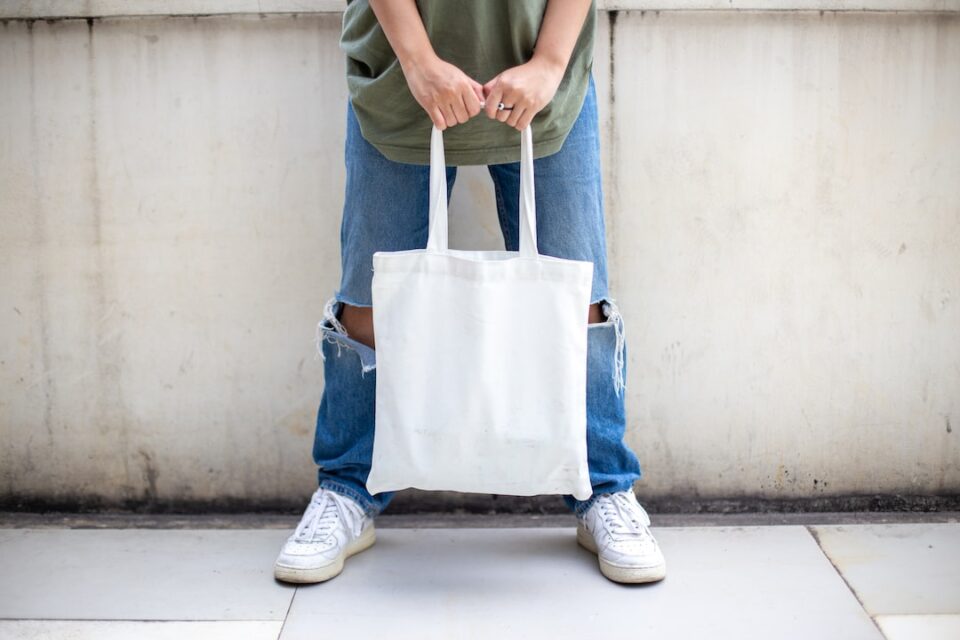Title: Fashion for All: Embracing Inclusivity in the Clothing Industry
Introduction:
Fashion is an ever-evolving art form that influences our lives in more ways than we realize. Clothing plays a crucial role in self-expression, allowing individuals to showcase their unique personalities and style. However, for many years, the fashion industry has been criticized for its lack of inclusivity, catering primarily to specific body types, ethnicities, and gender identities. Thankfully, a paradigm shift is underway as more and more fashion brands commit to embracing diversity and inclusivity. In this blog post, we will delve into the importance of inclusivity within the clothing industry and discuss how it benefits both consumers and the industry as a whole.
Understanding Inclusivity:
Inclusivity in fashion refers to respecting and accommodating individuals from all walks of life within the industry. It recognizes the diversity of body types, skin tones, disabilities, and gender identities, ensuring that everyone feels represented and acknowledged. By embracing inclusivity, fashion brands aim to break free from narrow beauty standards and empower every individual to embrace their personal style confidently.
Expanding Size and Body Inclusivity:
One significant aspect of inclusivity in fashion is the incorporation of diverse body types. Historically, the industry has predominantly catered to a limited range of sizes, disregarding the needs of plus-sized individuals. However, this approach is gradually shifting as brands now embrace size inclusivity by offering extended size ranges and creating clothing lines specifically designed for different body types. This shift not only promotes body acceptance but also allows individuals from all sizes to feel comfortable and confident in their own skin.
Celebrating Diversity in Ethnicity and Race:
Another critical aspect of inclusivity in fashion is embracing diversity in terms of race and ethnicity. The traditional notion of beauty in the fashion industry often portrayed a narrow portrayal of Eurocentric features, leaving many individuals feeling underrepresented. However, fashion brands are now diversifying their runways, advertising campaigns, and product lines to showcase a broader range of ethnicities and celebrate the uniqueness of different cultures. By doing so, they break down barriers, combat racial stereotypes, and inspire individuals from various backgrounds to embrace their heritage proudly.
Breaking Gender Stereotypes:
Fashion has long been segregated into gendered categories, perpetuating stereotypes and limiting creative expression. However, the move towards inclusivity revolutionizes the industry to be more gender-neutral, empowering individuals to break free from societal gender norms. Progressive brands are introducing androgynous designs, unisex collections, and collaborations with gender non-conforming models, encouraging a sense of self-expression without constraints. By doing so, fashion is progressing towards a world where style is a personal choice unbound by traditional gender roles.
Promoting Accessibility and Disability Inclusion:
An often overlooked aspect of inclusivity is accessibility for individuals with disabilities. For far too long, fashion has neglected this demographic, rendering it difficult for people with disabilities to find clothing that is not only stylish but also functional and comfortable. However, the industry is now recognizing the importance of disability inclusion by designing adaptive clothing, incorporating specialized design features and collaborating with disabled models. This shift allows individuals with disabilities to participate in fashion on their own terms, promoting inclusivity and reducing stigmatization.
Conclusion:
Inclusivity in the clothing industry is a trend that is here to stay. Brands embracing diversity and breaking free from traditional beauty standards are paving the way for a more inclusive world of fashion. By catering to different body types, celebrating diversity in race and ethnicity, breaking gender stereotypes, and promoting accessibility for individuals with disabilities, the industry fosters a sense of acceptance and representation for everyone. It encourages individuals to confidently express themselves through fashion, ultimately redefining the notion of beauty and style. As consumers, let us support and celebrate the brands that prioritize inclusivity and encourage others within the industry to follow suit. After all, fashion for all is the way forward.

